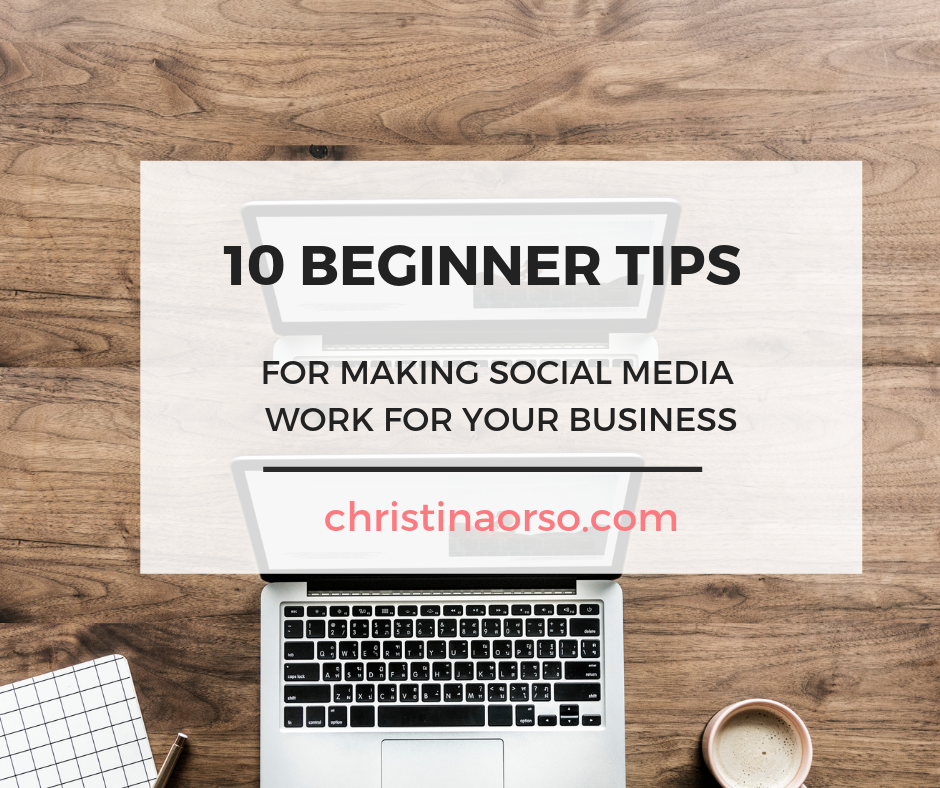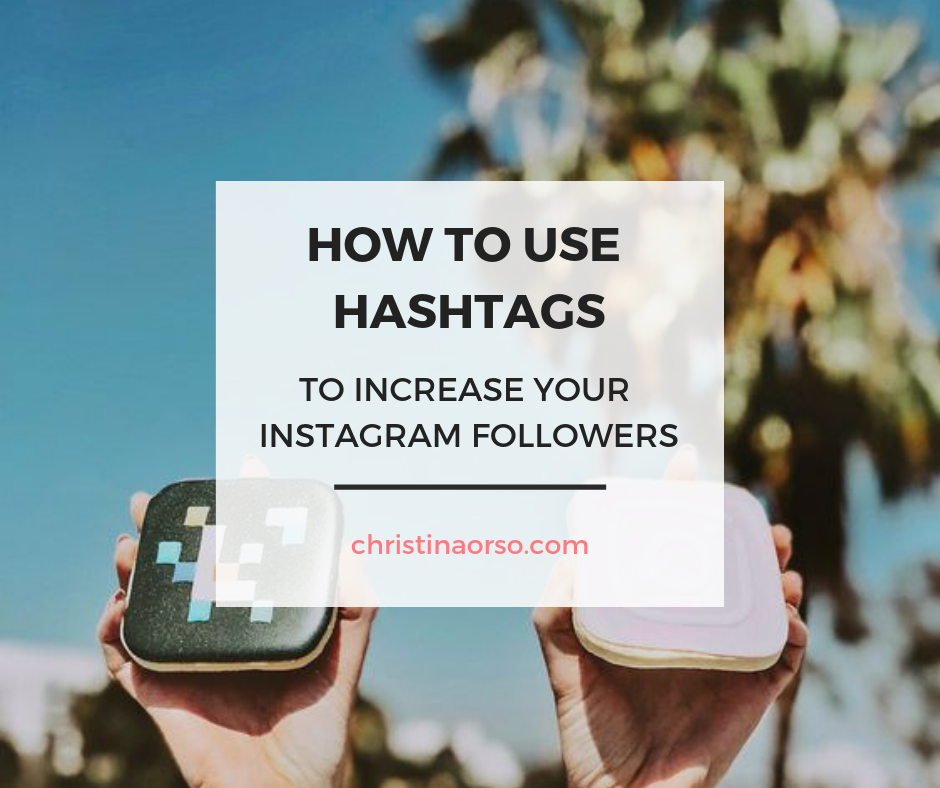If you’re reading this you know how important it is to have a digital marketing strategy for your brand. And if you’re still wondering whether or not utilizing social media platforms is a valuable use of time, think about this: 79% of internet users use Facebook, with the vast majority of them checking the platform at least once daily. And while Facebook isn’t the only platform they’re utilizing, there are a myriad of opportunities to build and grow on other networks. Here are my top 10 tips on how to get your business started on social media.
- Decide which key networks are best for your brand. Unless you have the time and resources to fully utilize every social platform, you’re better off focusing on one or two networks at first. I firmly believe that it’s better to excel on a couple platforms than to do a mediocre job using five or six.
- Identify which social networks your target audience is already using. Depending on the type of business you run, not every platform will work for you or help with what you’re trying to achieve. It’s best to determine where you’ll be best received. Joining Facebook, Twitter, and Instagram is a popular choice due to their size and influence, but keep in mind there are millions of users on Pinterest, YouTube, and LinkedIn. Where will you make the most impact? Experiment with a few and track your progress.
- Define your goals. Though you may be inclined to dive right in (it’s only natural!), I recommend coming up with a few goals to help shape the way you approach your strategy. Questions to consider: Are you trying to increase sales? Raise awareness of your brand? Strengthen loyalty? Improve customer service? Have a brainstorming session with some of your team to hone in on what you’re trying to achieve.
- Study your competitors. You likely already know who they are, so do a simple search to snoop around. Visit their websites and all of their social media profiles, taking notes on the content they consistently post, if their followers are engaged, and how often they are sharing updates. You may also want to take note of which content performs best for them (based on likes, comments, and shares), as well as the tone of voice they use and how their followers are reacting to it.
- Consistency is key. I cannot stress enough the importance of sharing content on a regular, consistent basis. If any of your platforms appear to be abandoned, this signals a lights off in the digital world. Don’t let your fans forget about you. Post as often as you’d like, but ensure your content is of high-quality and offers value. Consistency helps foster a stronger relationship with your followers that will keep th em coming back for more.
- Create a content calendar. Whether it’s for just a week or for months in advance, a calendar will help you plan your day-to-day content as well as seasonal themes. Don’t post just to post. Plan for the big holidays (Christmas, Valentine’s Day), but also strategize for smaller events, like July 4th, or National Cheeseburger Day and other food holidays. It’s perfect okay to spontaneously post too — things come up and changes occur — just roll with it.
- Re-purpose your content. Now I don’t mean post the same photo on each platform every single time you share content. While pushing a photo from Instagram to Facebook is very okay, try not to do it every time, on every platform you utilize, with the same copy. Shake things up knowing that each platform has a different style and a different audience comes with it. More importantly, you should be taking a piece of content and turning it into other types of content. For example, share something that can also be turned into a blog post, a video, a recipe, or an infographic.
- Define your voice. One of the biggest mistakes I see brands making is having an inconsistent voice or tone. Determine your communication style by thinking about how you envision the dialogue between you and your audience. Will you be serious, fun, light-hearted, edgy, sexy, aggressive? Thinking about your values and your personality will help set you apart from your competitors.
- Provide value. The second biggest mistake I see is when companies oversell their product or service. Social media should always be a two-way dialogue and not you talking at your followers. Earn your trust and gain loyalty by providing value with your content and not over promoting yourself just to temporarily win someone over.
- Reassess your goals. After a couple of months, carry out a social audit. Identify what resonates w/ your audience and what type of content they prefer. You can do this more often by simply looking at your last 10 posts and determining where you were the most successful in engaging your target audience.




